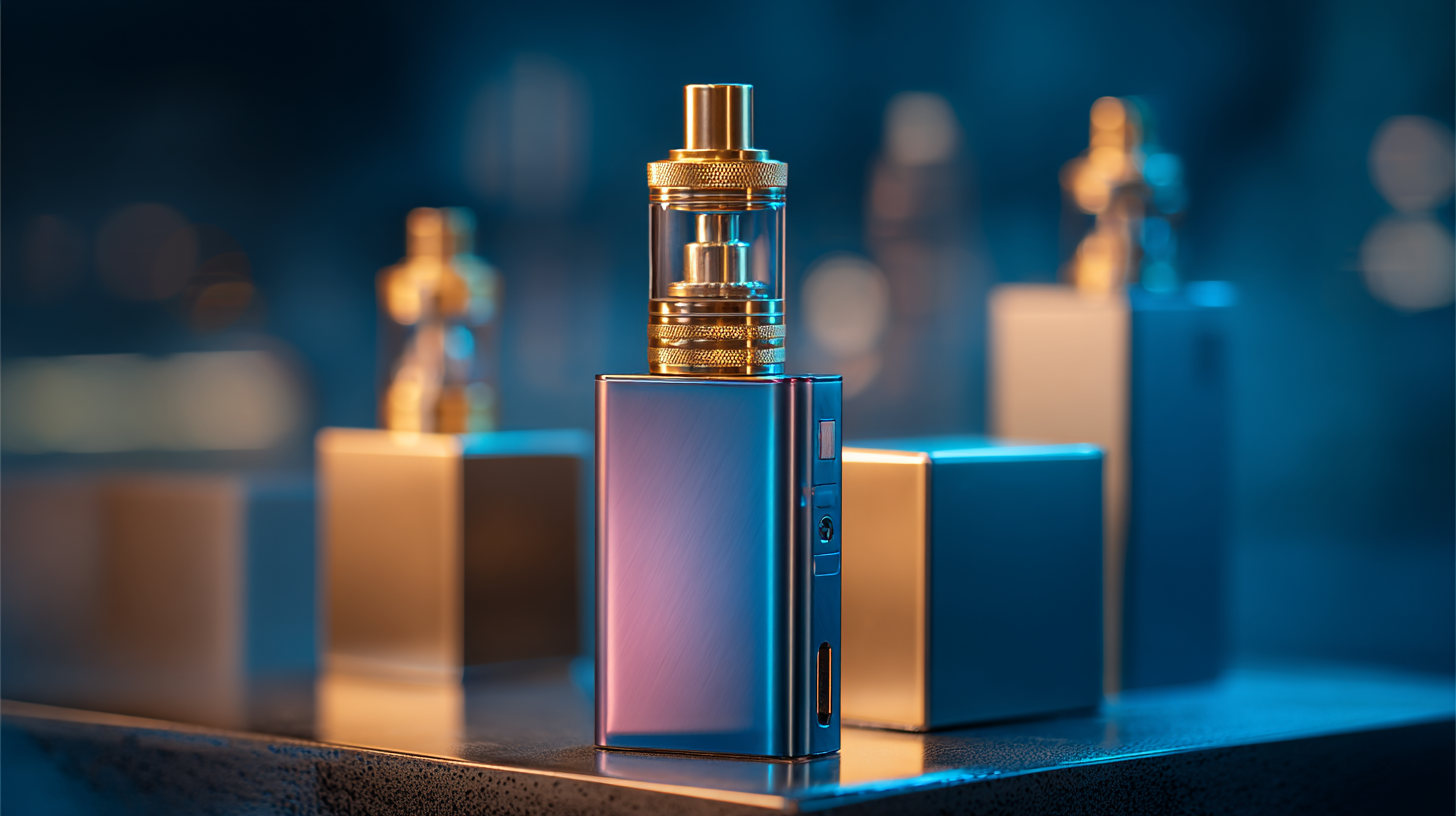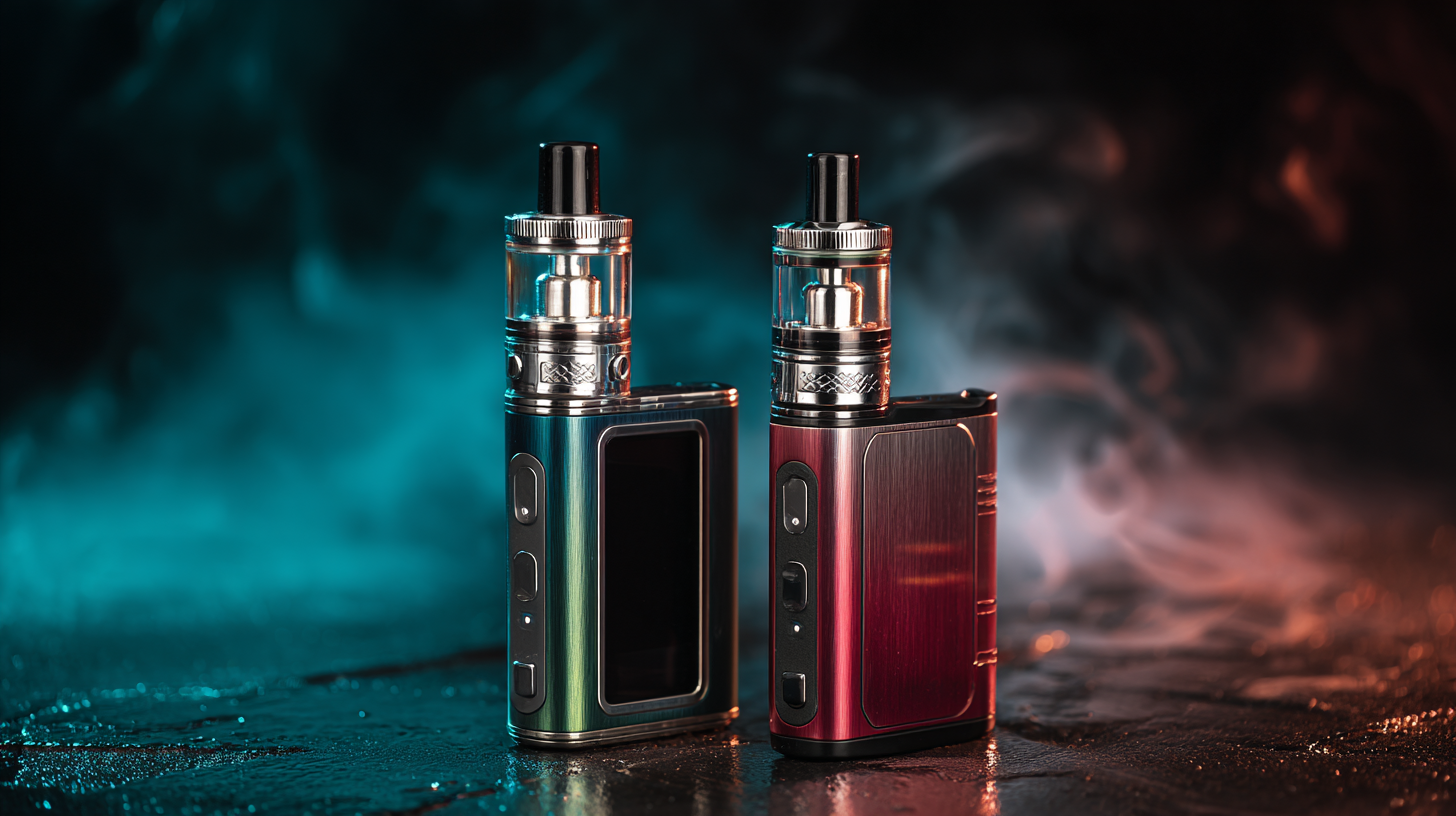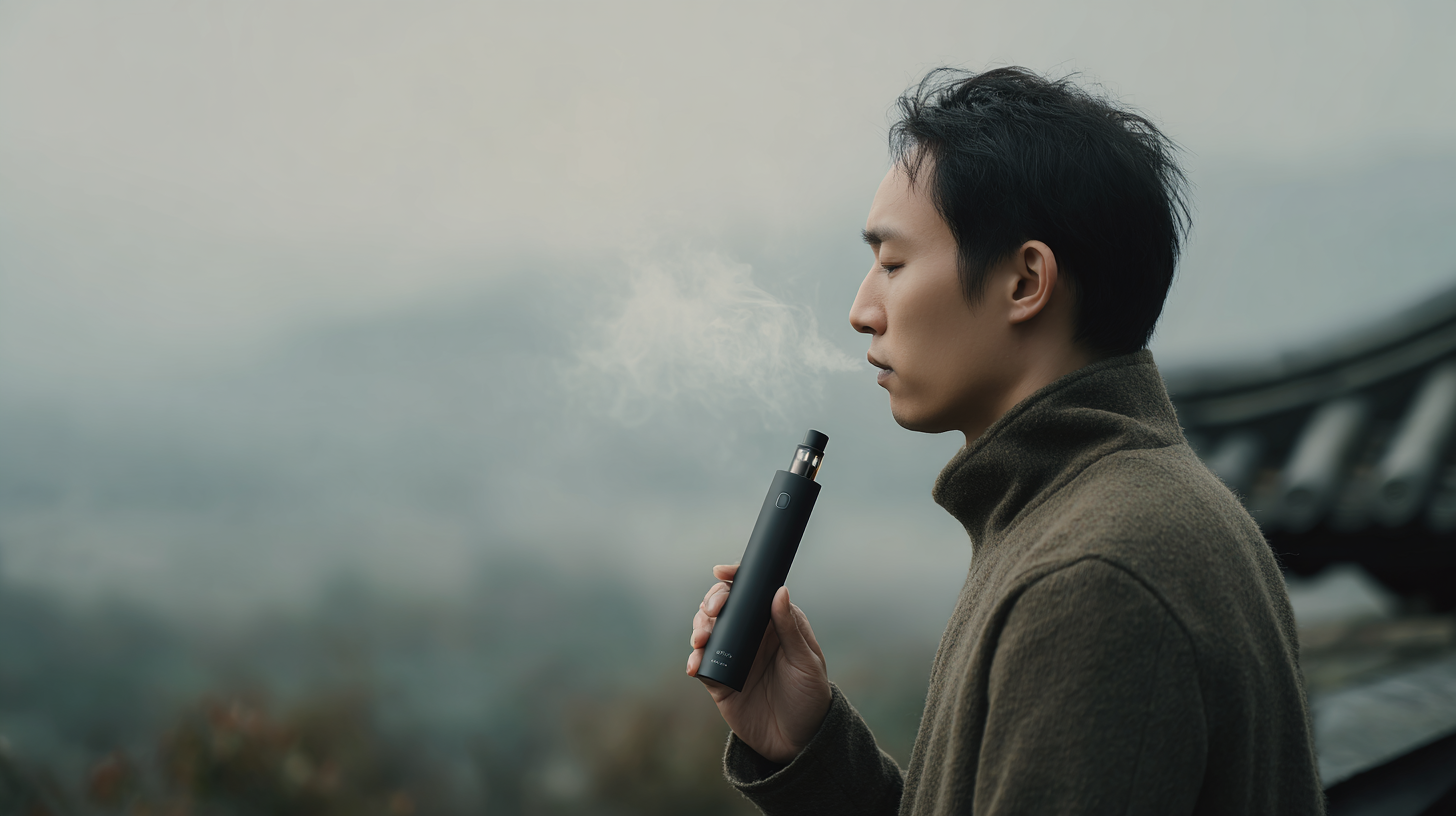
In the rapidly evolving landscape of vaping, the emergence of Nicotine Free Vape products is reshaping consumer preferences and market dynamics. Manufactured in China, these premium devices not only cater to the growing demand for healthier alternatives but also set a new benchmark in quality and innovation. As manufacturers prioritize after-sales service advantages and cost-efficient repairs, they are improving user experience while reducing long-term maintenance expenses. This blog will explore the future of Nicotine Free Vapes, highlighting how they are elevating global standards through superior manufacturing practices and addressing the needs of a health-conscious demographic seeking to enjoy vaping without the addictive substance of nicotine. Join us as we delve into the transformative potential of this trend and its implications for the global vaping industry.

In recent times, the production of nicotine-free vapes has gained significant attention, particularly due to the increasing demand for smoke-free alternatives. Ensuring high quality in the manufacturing process is crucial, especially considering the complexities involved in vape production. Quality control not only safeguards consumer health but also builds trust in a market often overshadowed by concerns about traditional smoking alternatives. Modern manufacturing facilities employ stringent quality control measures, thus enabling the production of superior nicotine-free vapes that meet global standards.
Furthermore, as research continues to shed light on the health implications of vaping, it is imperative that manufacturers prioritize quality control in every aspect of production. From sourcing raw materials to the final assembly, maintaining high operational standards is essential. This focus not only minimizes health risks associated with product contamination but also adheres to regulatory frameworks that promote safety. As the vaping landscape evolves, manufacturers who prioritize quality will play a pivotal role in shaping public perception and acceptance of nicotine-free products.

The vaping industry has witnessed a significant transformation in recent years, particularly with the rise of nicotine-free alternatives. Innovative technologies are leading this charge, especially in China, where modern manufacturing techniques have enabled the production of premium vaping devices. According to a report by Grand View Research, the global vaping market is expected to reach USD 47.11 billion by 2025, highlighting the increasing demand for these alternatives.
Chinese manufacturers are at the forefront of this trend, effectively utilizing advanced materials and production methods to enhance product quality. For instance, the implementation of precision engineering and automation has improved the consistency and reliability of nicotine-free vapes. A study by Statista indicates that around 30% of vape users are opting for nicotine-free options, reflecting a shift in consumer preferences towards healthier lifestyles. As these innovative technologies evolve, they are expected to drive further growth within the sector, solidifying China’s role as a key player in the global vaping market.
To position nicotine-free vapes in global markets, brands must adopt tailored marketing strategies that resonate with diverse consumer bases. Recent studies indicate that approximately 70% of adult smokers express interest in alternatives to traditional tobacco products, especially those that offer a healthier lifestyle. By emphasizing the nicotine-free aspect, manufacturers can attract health-conscious consumers and expand their market reach. Effective marketing campaigns should highlight the benefits such as reduced health risks and satisfying experiences without the addictive elements of nicotine.

Moreover, leveraging digital marketing platforms is essential in today's landscape. A report from the Global Tobacco Control Initiative suggests that social media campaigns that share user-generated content can increase brand visibility by 40%. Collaborations with influencers who advocate for a smoke-free lifestyle could also enhance credibility and drive consumer engagement. By employing data-driven strategies and focusing on the growing movement towards healthier choices, brands can successfully position nicotine-free vapes as a premium alternative in the competitive vaping market. As the demand for these products continues to rise, aligning marketing efforts with consumer health trends will be pivotal for success.
The manufacture of nicotine-free vapes in China is increasingly aligning with sustainable practices, reflecting a growing commitment to environmental responsibility in the industry. A recent report by the Global Industry Analysts indicates that the global vaping market is expected to reach $45.5 billion by 2027, a considerable portion of which is dedicated to nicotine-free alternatives. This shift not only caters to health-conscious consumers but also emphasizes the need for sustainable production methods.
In this context, Chinese manufacturers are leading the charge by implementing eco-friendly practices throughout their production processes. Data from the 2022 Sustainability Report by the Vaping Association shows that over 60% of vape manufacturers are adopting renewable energy sources, reducing carbon emissions significantly. Moreover, many companies are focusing on biodegradable materials and recyclable packaging, further minimizing their ecological footprint. This commitment to sustainability not only enhances product appeal but also meets the rising expectation of consumers who are increasingly prioritizing environmental impacts in their purchasing decisions.
| Dimension | Description | Value |
|---|---|---|
| Production Volume | Annual production of nicotine-free vapes | 5 million units |
| Materials Sourced | Percentage of sustainable materials used | 80% |
| Carbon Footprint Reduction | Reduction achieved through manufacturing practices | 30% |
| Energy Sources | Percentage of energy from renewable sources | 50% |
| Waste Reduction | Waste reduction strategy implementation | 25% less waste |
| Employee Training | Training programs for sustainable practices | 100% of employees trained |
The demand for nicotine-free vapor products has gained significant momentum as consumers become increasingly health-conscious and seek alternatives to traditional smoking. Changing lifestyles and a growing awareness of the harmful effects of nicotine have led many individuals to explore vaping options that prioritize their well-being. This shift in consumer behavior is exemplified by the rising popularity of premium nicotine-free vapes, highlighting a desire for quality in products that cater to a safer lifestyle.
In this evolving market, manufacturers, particularly in China, are responding to these consumer trends by focusing on creating high-quality, nicotine-free vape products. The emphasis on premium ingredients and innovative flavor profiles has become essential in attracting a discerning demographic. Moreover, with an increased emphasis on sustainability and eco-friendly manufacturing practices, brands that align their products with these values are likely to stand out in a crowded marketplace.
As more consumers seek to enjoy the sensory experience of vaping without the adverse effects of nicotine, the landscape for nicotine-free vapes will continue to expand, setting new global standards in the industry.
